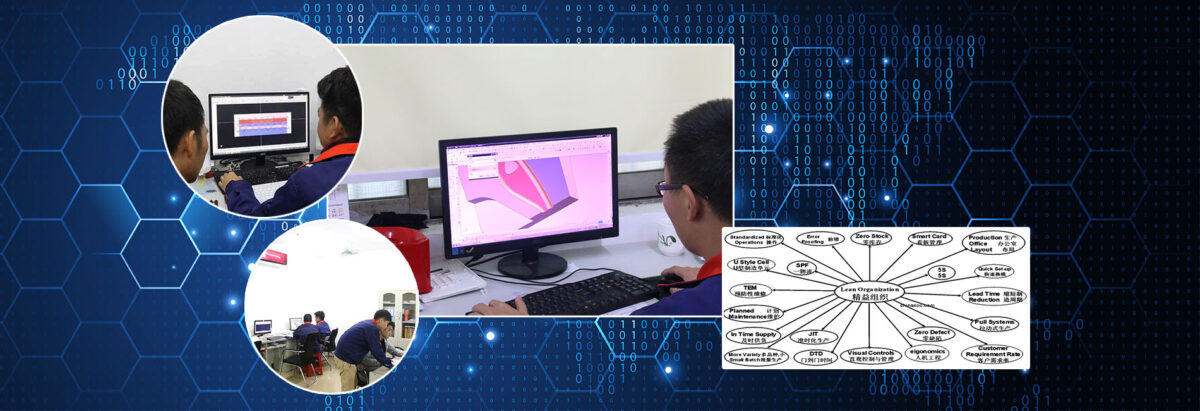What is over-molding? This is where you join two parts made from two different materials To form one part. Generally, you join a soft or flexible part to a rigid part for either cosmetic or functional reasons. This process is generally done via injection molding.
To produce an over-molded part via injection molding you would need to make two molds, one for the plastic part (the substrate in the over-molding process) and the second into which you would place the substrate and over-mold the flexible (generally TPE) section.
So what can you do to get over-molded parts when still at the prototyping stage?
First 3D printing, one of the most versatile options is the Stratasys J750 machine, which can print up to six materials at once including rigid and flexible materials. This printer allows you to replicate over-molded parts direct out of the machine.
Another option is to replicate the over-mold manually. Though not strictly speaking over-molding, you can get a close approximation by manually attaching the rubber material to the rigid part. This is where highly skilled prototype technicians come in. If done well the finish looks great, though the bond is not as secure as an actual over-molding this option might be good enough for an exhibition or marketing model.
A low volume option is to use vacuum casting. This works in a similar way to over-molding via injection molding. You make a silicone tool for the substrate and one for the over-mold. Take the substrate from the first tool, place it in the second and then cast in the normal way. You will need to design or prepare the substrate (plastic part) to accept the over-mold and give the flexible PU some kind of purchase for a mechanical bond.
One step up from this is to do actual over-molding via rapid injection molding. Rapid or prototype tooling can be used to over-mold parts in the same way as a production mold can. As with the production option you would need to manufacture two mold tools, one for the substrate and one for the over-mold.
Via rapid injection molding, you have two choices for the type of bond.
We have a chemical bond, which requires you select two compatible materials. Some plastics form strong bonds with TPE others are very weak. You are generally pretty safe with PP or PC for example but may struggle with a PA material. Here it is best to consult with your manufacturing partner.
The second type of bond is a mechanical one, similar to the type required for vacuum casting. This means you have to design the substrate with undercuts and holes which allow the TPE to grip the part.
Where you are in the design process and what you need the prototype for will dictate which of these methods is right for you.
If you have any questions please feel free to ask.
About Start Prototyping 
Start Prototyping mainly supply our rapid prototyping service and plastic injection manufacturing for many 3D print companies in the world. Start Prototyping has been engaged in rapid prototyping about 10 years, helping too many designers to turn their ideas into reality. Most of the conceptual prototype of the design has been successfully put into the market and has achieved good benefits. Among them, the most representative metal prototype machining, plastic prototype machining, CNC aluminum machining, Low-Volume Manufacturing, processing technology including CNC machining, vacuum casting, rapid tooling, 3D printing and so on. We have the standard quality inspection process, which is completely in line with the customer’s industrial design. It’s a great honor to be a partner with you. Contact Info Contact:James Yuan Company:Start Prototyping Add:LongGang Village, LongXi Town, BoLuo County, HuiZhou City,GuangDong Province, China Tel:+86-13352636504 Email:[email protected] Web:http://www.startprototyping.com
